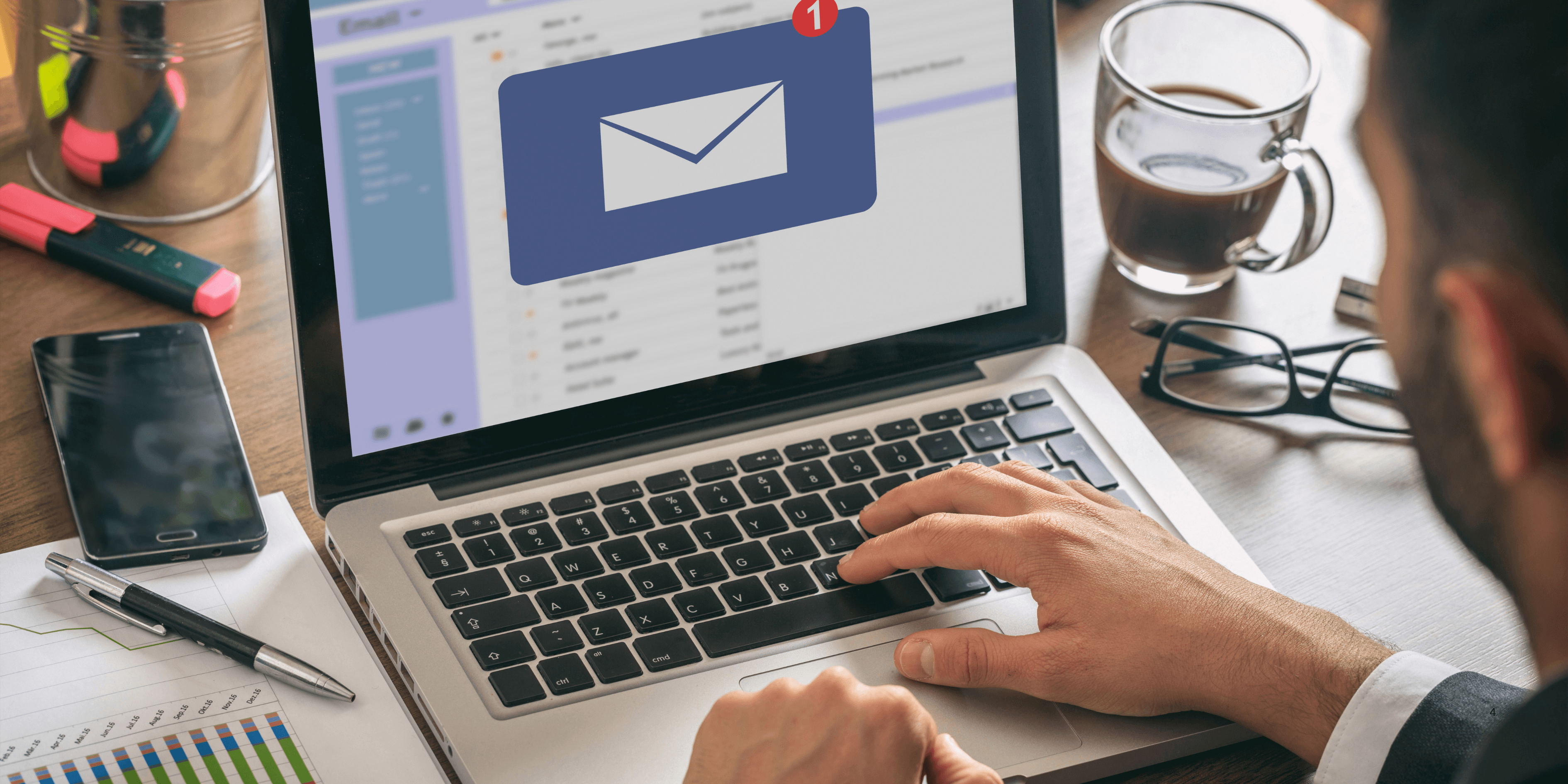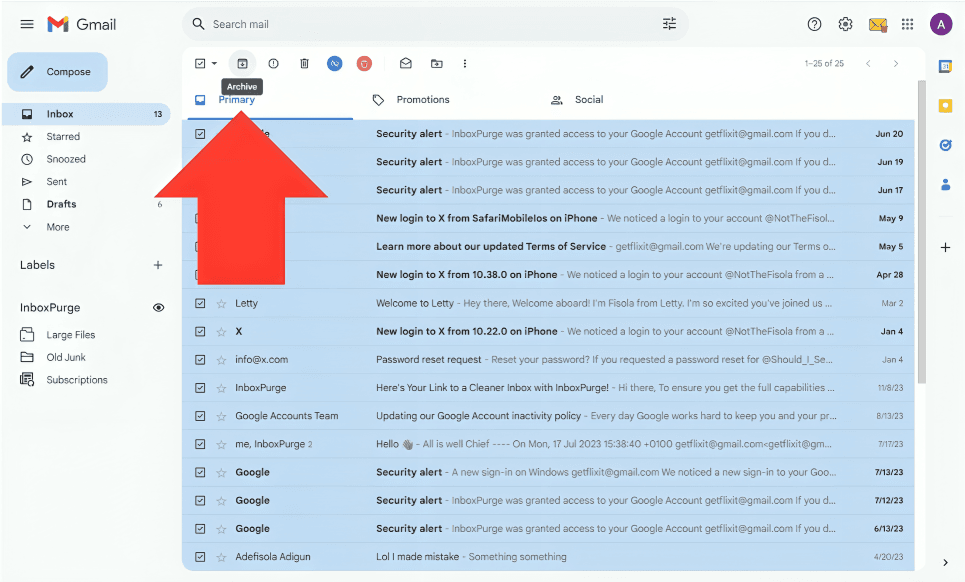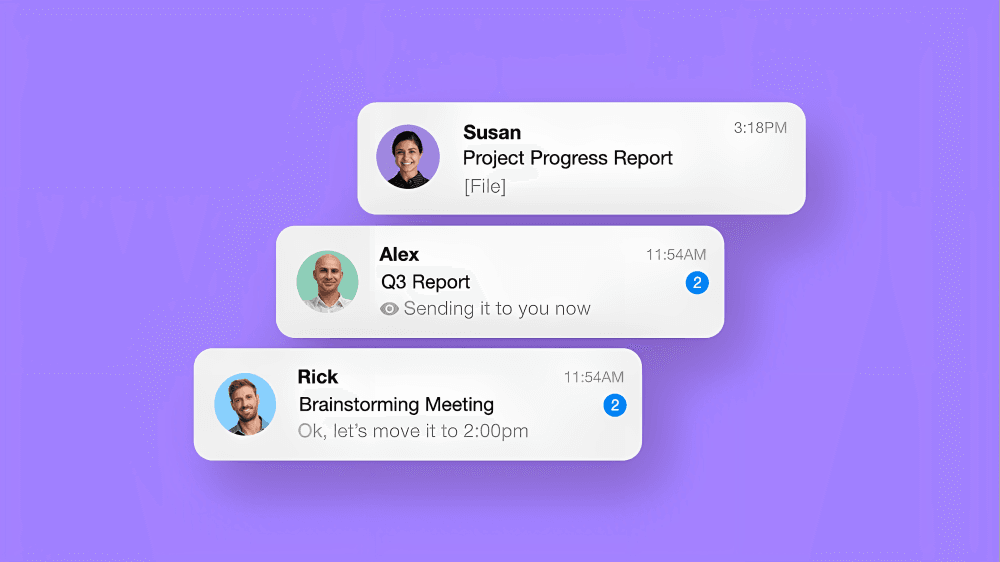
“
Managing work emails without stress is a crucial skill in today’s fast-paced professional world. Overwhelming inboxes can lead to anxiety, distraction, and lost productivity. Learning how to organize, prioritize, and respond effectively to emails can help maintain focus and reduce mental fatigue. 1
1
”
Philosopher William James emphasized focusing on one task at a time, which applies to managing work emails without stress by avoiding multitasking during inbox checking sessions. 1
Setting specific times during the day to check emails prevents constant distractions, allowing you to focus on important tasks and reduce stress caused by interruptions. 2
Using filters and folders to automatically sort emails helps organize messages by priority, making it easier to tackle urgent emails first and avoid feeling overwhelmed. 3

Keeping your inbox clear by deleting or archiving unnecessary emails regularly prevents clutter and reduces anxiety about missing important messages.
Writing concise and clear email responses reduces back-and-forth communication, saving time and minimizing stress caused by misunderstandings or lengthy email threads. 4
Turning off email notifications during focused work periods prevents frequent disruptions and helps maintain a calmer, more productive work environment. 5
Setting expectations with colleagues about your email response times can reduce pressure, as others won’t expect instant replies, and you’ll avoid feeling overwhelmed. 6
Using email templates for common responses speeds up replies, allowing you to manage work emails without stress by saving time and effort on repetitive messages. 7
Unsubscribing from irrelevant newsletters and promotional emails decreases inbox clutter and minimizes distractions, making it easier to focus on essential communications. 8

Prioritizing emails with clear subject lines allows you to quickly identify urgent matters and address them first, reducing stress related to missing deadlines.
Scheduling a daily email review ritual creates a routine, helping your brain anticipate and manage email workload efficiently without feeling overwhelmed. 9
Avoid checking emails first thing in the morning; instead, tackle high-priority work first to maintain focus and reduce stress before dealing with incoming messages. 10
Using a two-minute rule—reply immediately if the email takes less than two minutes—prevents the buildup of small tasks that can cause email overload. 11
Creating a habit of closing your inbox after managing emails signals to your brain that the email session is over, reducing lingering anxiety. 12
Using rules to prioritize emails from your boss or key clients ensures you never miss urgent communications, lowering stress about important deadlines. 13

Doctors advise regular breaks from screen time to reduce eye strain and mental fatigue when handling large volumes of work emails daily.
Categorizing emails into “urgent,” “needs reply,” and “for reference” helps you stay organized and manage your workload with less stress. 14
Scheduling email-free periods during your day encourages deep work and reduces email-related stress by limiting constant inbox monitoring. 15
Philosopher Seneca’s idea of focusing on what you can control reminds us to manage our email habits intentionally, reducing stress from endless messages. 16
Reviewing your email habits weekly allows you to refine your system, ensuring you continue managing work emails without stress and increasing long-term productivity. 17


